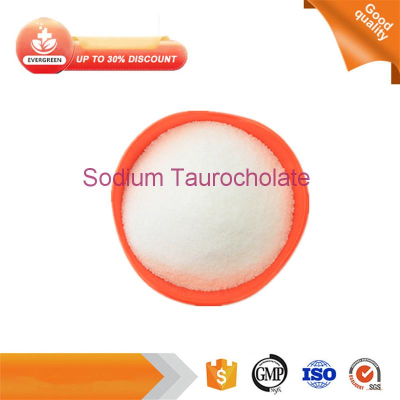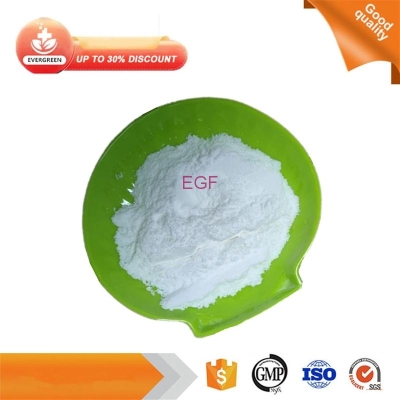-
Categories
-
Pharmaceutical Intermediates
-
Active Pharmaceutical Ingredients
-
Food Additives
- Industrial Coatings
- Agrochemicals
- Dyes and Pigments
- Surfactant
- Flavors and Fragrances
- Chemical Reagents
- Catalyst and Auxiliary
- Natural Products
- Inorganic Chemistry
-
Organic Chemistry
-
Biochemical Engineering
- Analytical Chemistry
- Cosmetic Ingredient
-
Pharmaceutical Intermediates
Promotion
ECHEMI Mall
Wholesale
Weekly Price
Exhibition
News
-
Trade Service
▎WuXi AppTec Content Team Editor A few days ago, the World Health Organization (WHO) issued a notice to alert health agencies around the world about acute severe hepatitis of unknown origin found in children
.
According to WHO statistics, as of April 21, 2022, at least 169 cases of acute hepatitis of unknown etiology have been reported in 11 countries in Europe and one country in the Americas
.
Countries reporting cases include UK (114), Spain (13), Israel (12), US (9), Denmark (6), Ireland (<5), Netherlands (4), Italy (4), Norway (2) , France (2), Romania (1) and Belgium (1)
.
The patients ranged in age from 1 month to 16 years, 17 children (about 10%) required liver transplantation, and at least one patient died
.
The clinical symptoms of the cases have been found to be acute hepatitis with markedly elevated liver enzyme levels
.
Gastrointestinal symptoms, including abdominal pain, diarrhea, vomiting, transaminases (AST or ALT) higher than 500 IU/L, and jaundice before severe hepatitis, have been reported in many cases
.
Fever was absent in most cases
.
The most common viruses that cause hepatitis (including hepatitis A, B, C, D, and E) were not found in these cases
.
Image credit: 123RF found adenovirus type 41 in at least 74 patients, and of those reporting molecular testing information, 18 patients had adenovirus type 41
.
Novel coronavirus was found in 20 patients, and co-infection of new coronavirus and adenovirus was found in 19 patients
.
The WHO's risk assessment stated that, although adenovirus is a current hypothesis as a cause, it does not fully explain the severe clinical manifestations in patients
.
Symptoms of previous adenovirus 41 infection were not associated with these clinical manifestations
.
Adenoviruses are common pathogens that usually cause self-limiting infections
.
Adenovirus 41 typically presents with diarrhea, vomiting, and fever, often with respiratory symptoms
.
Although there have been case reports of hepatitis in adenovirus-infected immunocompromised children, adenovirus type 41 has not been established as a cause of hepatitis in otherwise healthy children
.
The increased susceptibility of younger children to lower levels of adenovirus during the COVID-19 pandemic, the potential emergence of novel adenoviruses, and factors that contribute to co-infection with COVID-19 require further study
.
Further work is needed by the World Health Organization to study cases in currently affected countries and elsewhere
.
The priority is to identify the cause of these cases to further refine control and prevention measures
.
WHO strongly encourages Member States to detect, investigate and report potential cases
.
Member States should collect epidemiological and risk factor information and submit it to WHO and its partner agencies
.
WHO also recommends testing of blood, serum, urine, stool and respiratory samples, as well as liver biopsy samples, and further viral characterization, including sequencing, to thoroughly investigate other possible infectious and non-infectious causes
.
Reference: [1] Multi-Country – Acute, severe hepatitis of unknown origin in children.
Retrieved April 25, 2022, from https:// Disclaimer: The WuXi AppTec content team focuses on introducing global biomedical health research progress
.
This article is for information exchange purposes only, and the views expressed in this article do not represent WuXi AppTec's position, nor do they represent WuXi AppTec's support or opposition to the views expressed in this article
.
This article is also not a treatment plan recommendation
.
For guidance on treatment options, please visit a regular hospital
.







